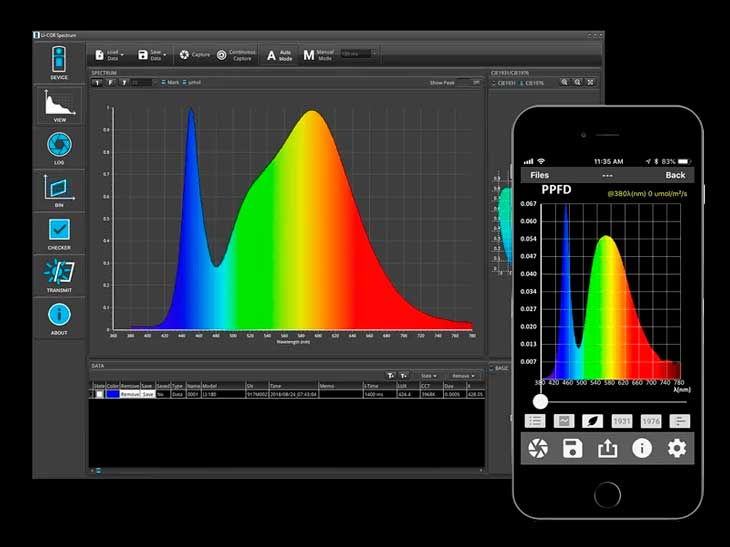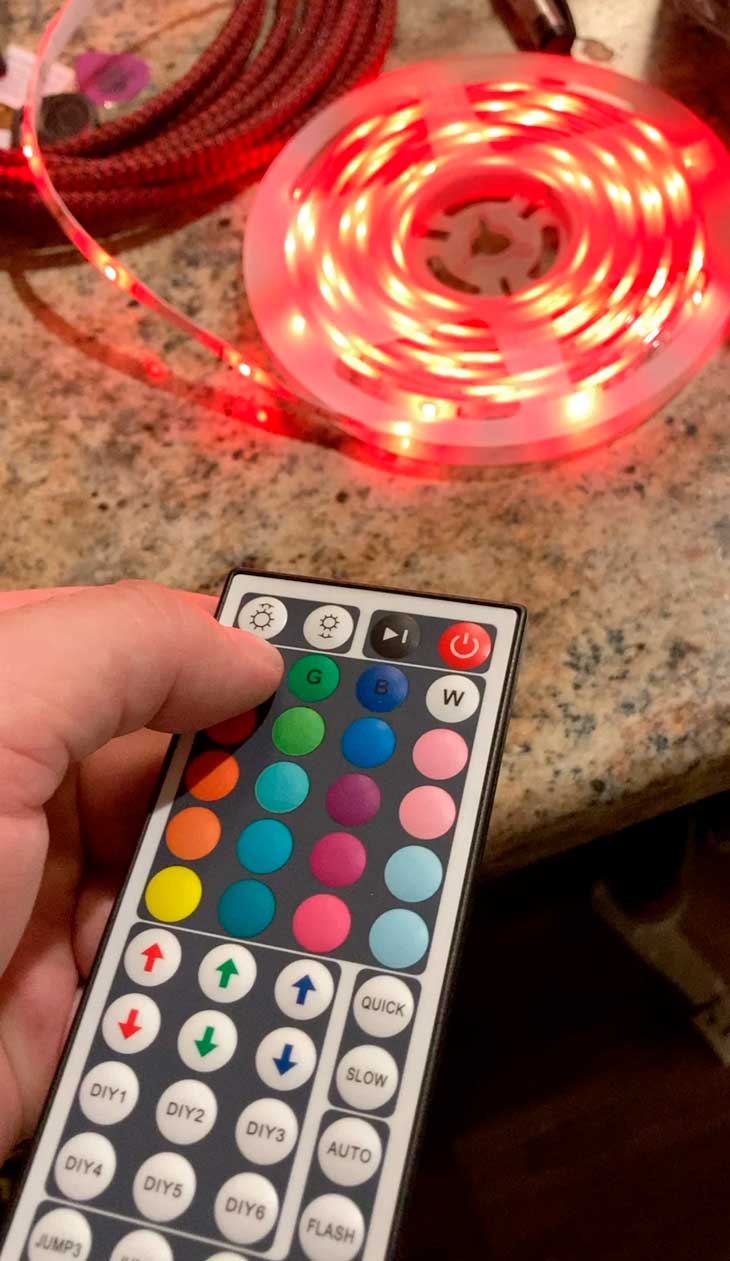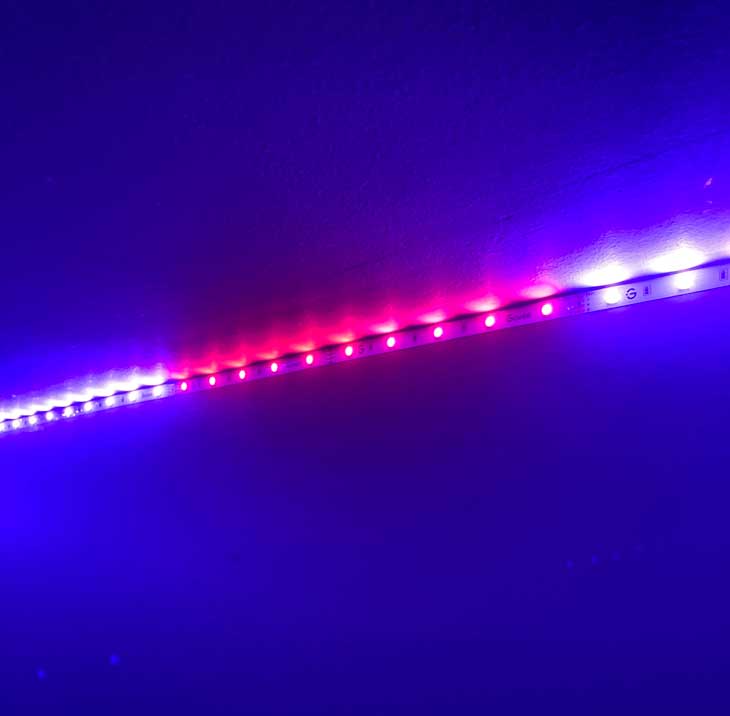LED lights are something we use on a daily basis. Nowadays, it's a fully modernized industry with continuous updates.
While they are available in many colors, we must delve deeper. Here, we'd like to discuss whether LED lighting is truly monochromatic.
Understanding Monochromatic Light

Monochromatic light means that the light has a single wavelength. The LED light is not monochromatic because it consists of different wavelengths; it is polychromatic.
First, we'll clarify the meaning of monochromatic light, the differences between monochromatic and polychromatic light, and how wavelengths affect the colors that LED lights can produce.
LED Lights in Poultry Farming
Light-emitting diodes, or more simply LED lamps, have recently attracted significant interest from poultry businesses due to their low farming costs, long operating life, availability in various wavelengths, low electricity consumption, and high energy efficiency.
Although a wide range of colors is available, there are conflicting reports on the impact of different colors on production performance. Numerous studies have evaluated the effect of monochromatic light produced by LED lamps on production performance.
Compared to red light, blue and green light promote greater antibody production. Poultry raised under blended yellow and green-blue lights showed gentler breast muscle development, while white light increased amino acid content.
In a study on chickens with a similar objective, when exposed to two-color LED lights (green-blue) for 81 days, chicks exposed to LED green-blue light gained more weight compared to chicks exposed to standard artificial light, without noticeable changes in blood biochemical parameters.
Roots of the Term "Monochromatic"
Monochromatic essentially means a single color. The Greek word "monos" means one, and "khroma" means color. This provides an intuitive way to understand it. The precise scientific definition states that the light consists entirely of a single frequency.
Monochromatic light is composed entirely of one wavelength, in contrast to color, which arises from a mix of light wavelengths.
Nature of Monochromatic and Polychromatic Light

Finding monochromatic light is relatively rare. While some might say a room decorated entirely in red is monochromatic, strictly speaking, this is inaccurate, as there are bound to be variations in the red shades regardless of outward appearances.
In essence, polychromatic light consists of a range of frequencies. White light, for example, is polychromatic because it contains multiple wavelengths.
Another way to understand this is through examples: daylight is polychromatic as it consists of a range of frequencies, including UV and infrared light.
A laser light, however, has only one focused wavelength. Is LED light monochromatic or polychromatic? LED light, strictly speaking, isn't monochromatic based on the earlier definition.
Monochromatic light emanates from a single wavelength. Even if LED light seems to be of one color, it is composed of multiple wavelengths measurable using a spectrometer.
The Role of Spectrometers in Analyzing Light

A spectrometer reads and measures various frequencies. With a spectrometer, one can observe that LED lights encompass a spectrum of wavelengths. To the naked eye, it might seem uniform, but it consists of multiple frequencies, making it polychromatic.
This is better understood by looking at a spectrometer's readings. The wavelength breakdown of LED lighting can be observed in the graph below, which displays peaks indicating different wavelengths.
One might assume they're observing monochromatic light, but in the true sense of the term, this isn't the case. For light to be monochromatic, the graph would have to show a single, sharp peak.
Although LED lights might have a narrow spectrum, they aren't deemed monochromatic. It's vital to remember that we're referring to the exact scientific definition.
In everyday language, many might still call light that appears to originate from a single source or frequency "monochromatic."
Color Production in LED Lights

Depending on the level of specificity, different colors are often produced by mixing wavelengths. LEDs can produce nearly 17 million colors, and while the human eye might not always distinguish them, any artist or color expert will confirm that red, green, and blue are primary colors.
This is known as the RGB model. The way these three colors combine can create a wide array of shades. When all three are combined equally, it produces white.
Numerous possibilities emerge when mixing these colors, varying based on the source of the primary color and the medium. If the components aren't identical, there's inconsistency.
Simply put, LEDs are versatile and capable of generating a broad palette suitable for every application.
LEDs and Color Models

It's worth noting that LED lights rely on the RGB model, different from the subtractive color model known as CMYK. The colors cyan, magenta, yellow, and black comprise the CMYK model.
When the first three are mixed, they produce black, unlike white in the RGB model. The CMYK model is commonly used by color printers.
LEDs exemplify polychromatic light, possessing multiple wavelengths. These colors arise by combining various materials, many of which aren't visible to the naked eye.
Contrary to incandescent lamps, LEDs don't naturally emit white light. Instead, LEDs emit nearly monochromatic light, making them highly efficient for colored light applications, such as traffic signals and exit signs.
However, for general lighting, white light is essential. White light can be achieved with LEDs in three main ways: phosphor conversion, where a phosphor is used to change colored light to white; variety mixed systems, where light from monochromatic LEDs, like red, green, and blue, is mixed to produce white; and a hybrid method combining both phosphor-converted and monochromatic LEDs.
The potential of LED technology to yield high-quality white light with unparalleled energy efficiency is the main driver behind the intensive research and development currently supported by the American Department of Energy.
There's an abundance of white LED lighting products in the market, with their numbers continuously growing as newer models emerge. While many of these products perform well, there can be variations in their color quality and energy efficiency.
Fortunately, buyers are guided in making informed decisions through standards, testing procedures, resources, and other characteristics.
The Current State and Future of LED Technology
The technology related to LED lights can still be enhanced in terms of efficiency, color attributes, light distribution, form factor, and architectural integration.
There's undoubtedly room for improvement, and more efficient energy usage will lead to more optimal use of lighting, benefiting our well-being and productivity. The potential of LED lighting can revolutionize manufacturing, budgeting, value enhancement, and energy conservation.